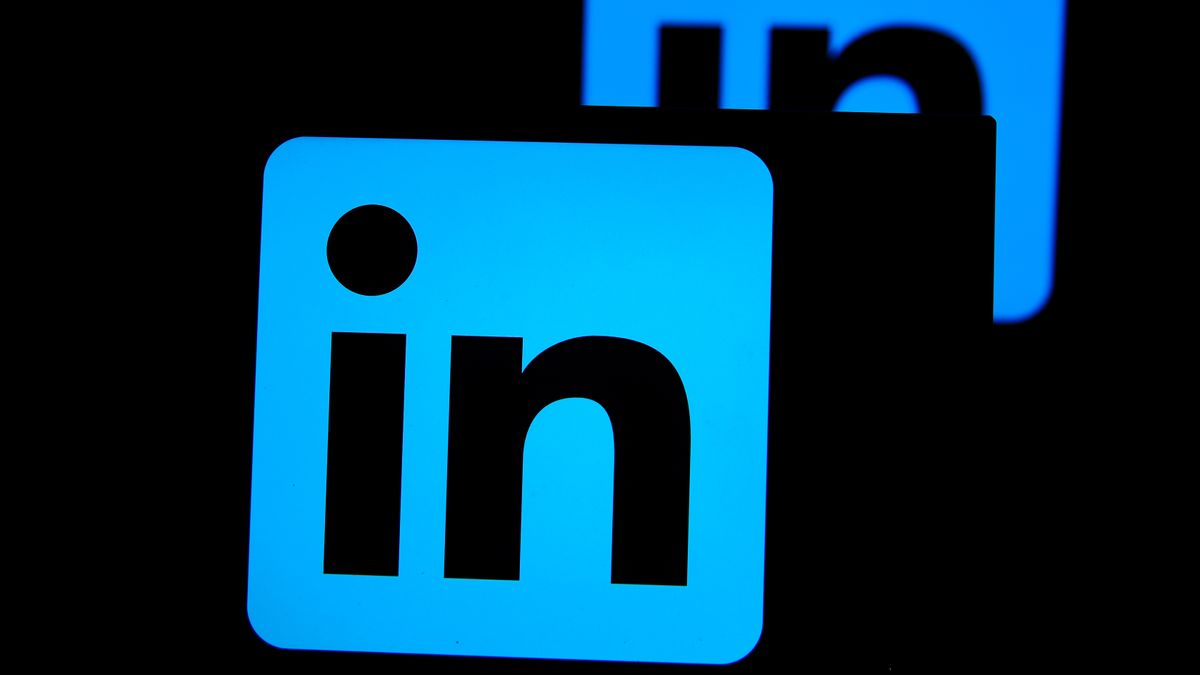LinkedIn’s AI positivity is taking us in the wrong direction

There is no hype train like a LinkedIn hype train. By this point, we’ve all been hit by one – particularly when it comes to AI.
A platform that automatically opts you in for having your content scraped by the (at times) technological equivalent of a million tiny vultures can hardly claim it is agnostic on the topic of AI. And it doesn’t even bother to try.
If you go to post on the platform, you are immediately greeted with an interface that seems like it would prefer you farm your labor off to AI than have any original thought. It even invites you, some might say begs you, to “enhance” your profile with the help of these tools
At the same time, with the utter descent into hell that X, formerly Twitter, has undertaken in the last eighteen months, I’m sad to say that LinkedIn feels like the one positive workplace-focused social media platform we have left.
Despite the cringe-inducing posts pontificating about what people have learned from the most mundane of interactions and absurd identity tags people give themselves – no, former security guard at my alma mater, I don’t think of you as a thought leader – I am growing to prefer LinkedIn as a platform purely because there are so few alternatives.
It does, however, feel like I’m pitting the HR version of the heat death of the universe against the actual death of human decency as embodied in X. Our other options seem to be what Silicon Valley pretends human decency looks like (Facebook), or a series of fundamentally flawed yet optimistic (Bluesky) or optimistic and clueless (Threads) options. That LinkedIn wins out in this battle royale is as damning as it is a technological pat on the back.
So, with no other viable options, how could I not love a platform that creates gems like this one from creator Hank Green where he dedicates a whole video to sharing tongue-in-cheek LinkedIn posts? Kudos to the YouTube star for turning business speak into a bit. In the same vein, I can’t help but read every post like it’s this Good Work video, poking fun at attempted earnestness with every turn.
At the same time, in my view, LinkedIn has this habit of amplifying new technology while simultaneously housing a lot of the opposing discourse. For example, for every post I see about the wonders of AI, usually because it’s been promoted to me or someone is reposting alongside their own critical commentary, there’s a post about algorithmic ableism or desperate calls for a more diverse workforce.
For every post about how thankful someone is for a new role, or a new call for collaborators, there is the social media equivalent of a highway pileup as people clamor to be seen and heard. AI is drowning, plastering over, or silencing, many of the people who need to be heard on LinkedIn. Namely, those without jobs.
Quite frankly, AI does very little to alleviate this rush to flood social media networks like LinkedIn, a place ostensibly originally created to bring the human back into hiring decisions and business communication.
This approach obscures when AI can actually be helpful. I write a daily newsletter about productivity through the lens of disability and it’s rare that AI even enters into that orbit. As a rule, I don’t use AI for my work. But the tool that keeps most journalists from spending days of their life transcribing interviews, Otter.ai, is itself AI. And even though the algorithms that underpin it aren’t generative AI, it’s experiencing similar LinkedIn-fication.
Even with Otter, what used to be a simple interface has become cluttered with AI jargon.
Now, you have to click past a couple of different screens, bombarding you with incorrectly generated meeting insights and the offer to add AI to your next teleconference before you can get to the transcript you were looking for in the first place. Similarly, AI has been the backbone of tools like Dragon Naturally Speaking – historically, a vital option for those needing to use voice-to-text for accessibility reasons – but those use cases are being obscured by the latest in generative nonsense.
Similarly, LinkedIn’s rush to push AI optimism has left nuance by the wayside. You’re either in – this is how you get National Novel Writing Month’s organizers claiming that it’s ableist and classist to be against AI – or you’re fully out. Usually, that second view, at least on LinkedIn, tends to sway less pessimistic-pragmatist and more doomsday-prepper.
Even here, in the land of shiny balloon images accompanying new job announcements, the dire takes center stage. Writers are pessimists by trade, of course, just like IT security specialists, but that slamming together, that conflict, does nothing for the actual health of the workforce let alone the platform itself. How, in a space dominated by regurgitated drivel, can we have legitimate conversations about making the workforce more accessible and more actionable?
Well, the value of any platform – big or small – is rarely held by the biggest voices on said site. Sure, they may get the most clicks, and they might sell the most books, but they’re not going to be the ones we tend to write oral histories about or bring up in professional development meetings. The niche creators, whether it’s the gig economy, the creator economy, or a particular sector’s in-crowd, are the ones who move the needle.
Those leaders are not going to be the ones who recycle content with the help of AI. They’re going to be taking risks, asking questions, seeking out opposing voices. AI is looking to be stuck in the middle, to be as representative as possible, but that’s not where change begins or ends.
Source link






